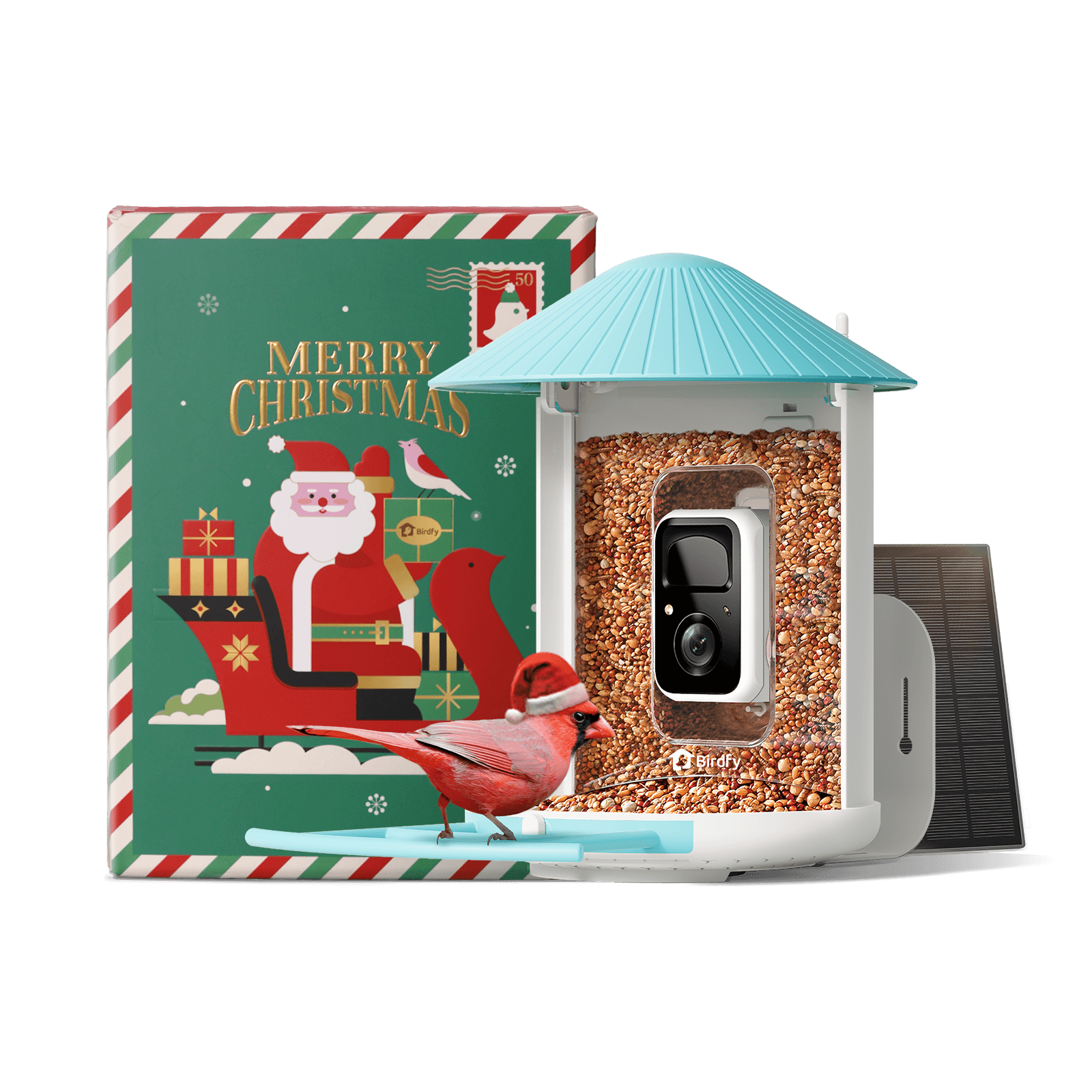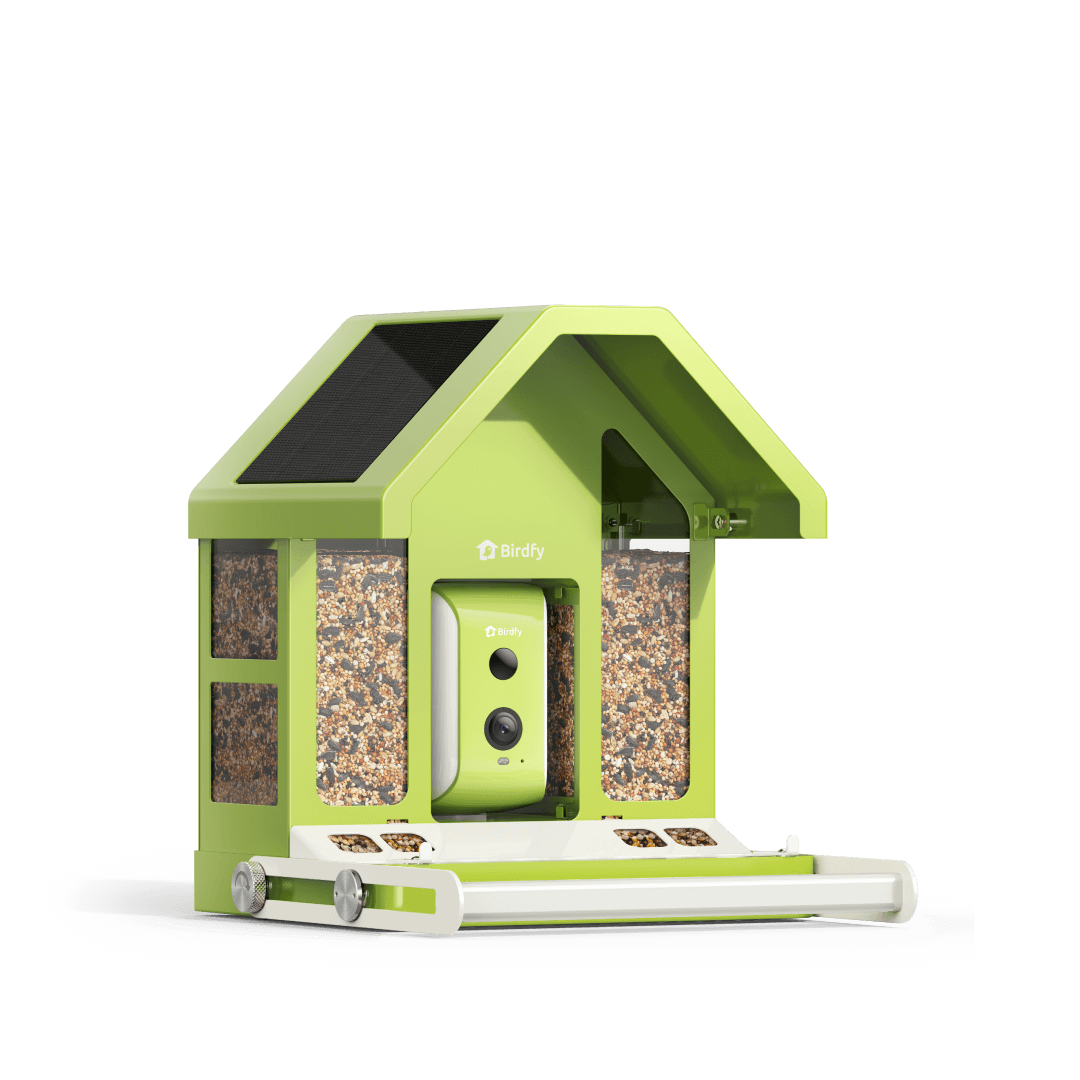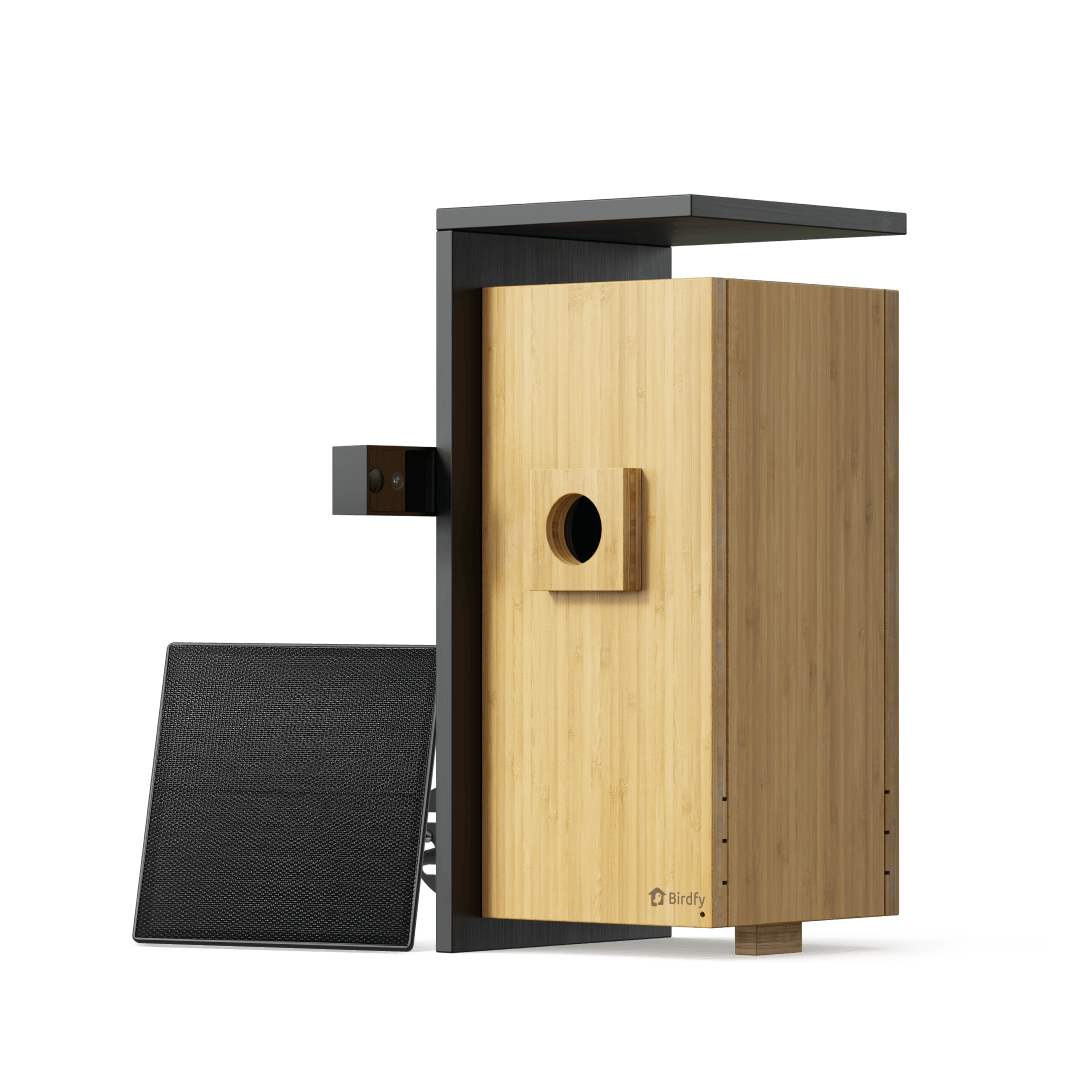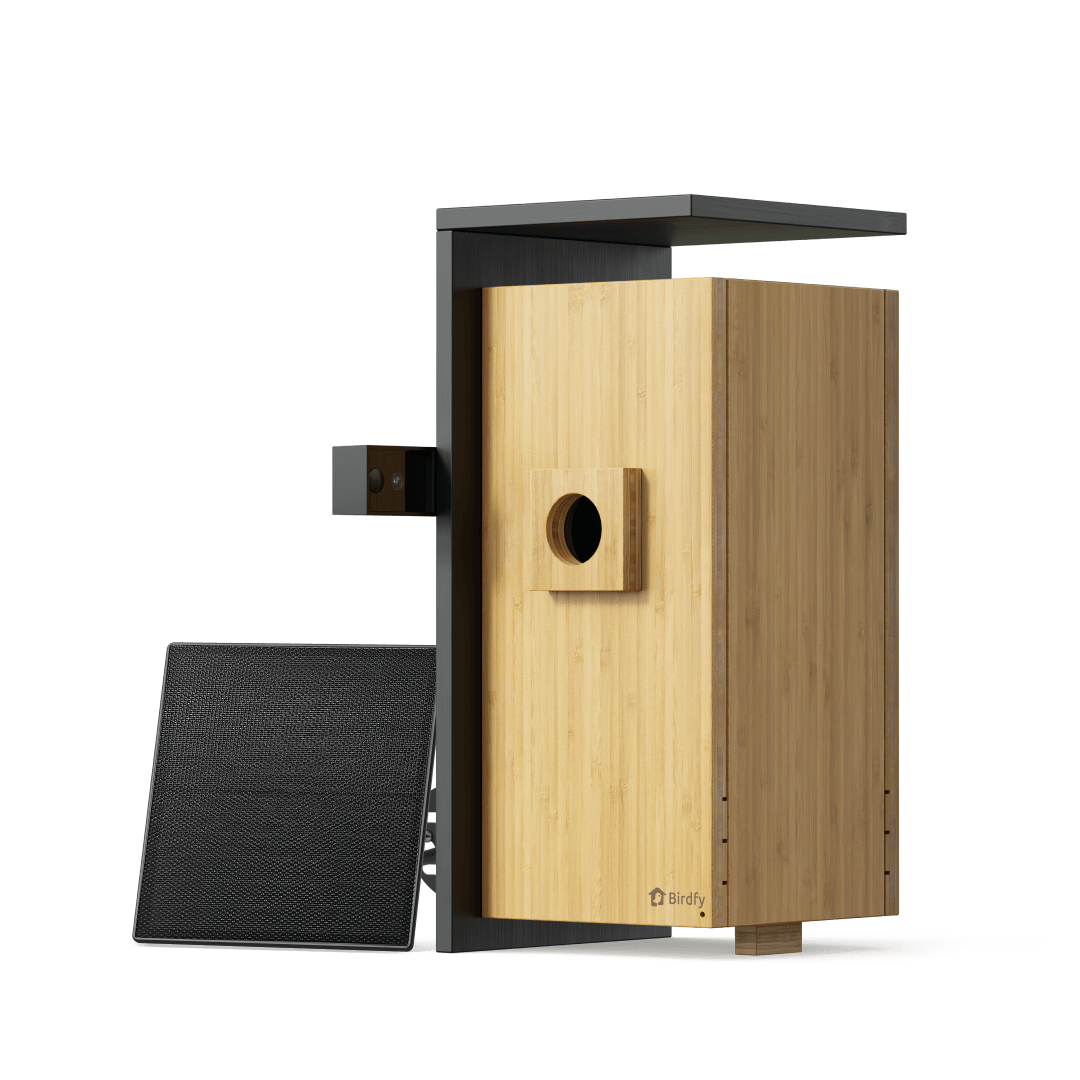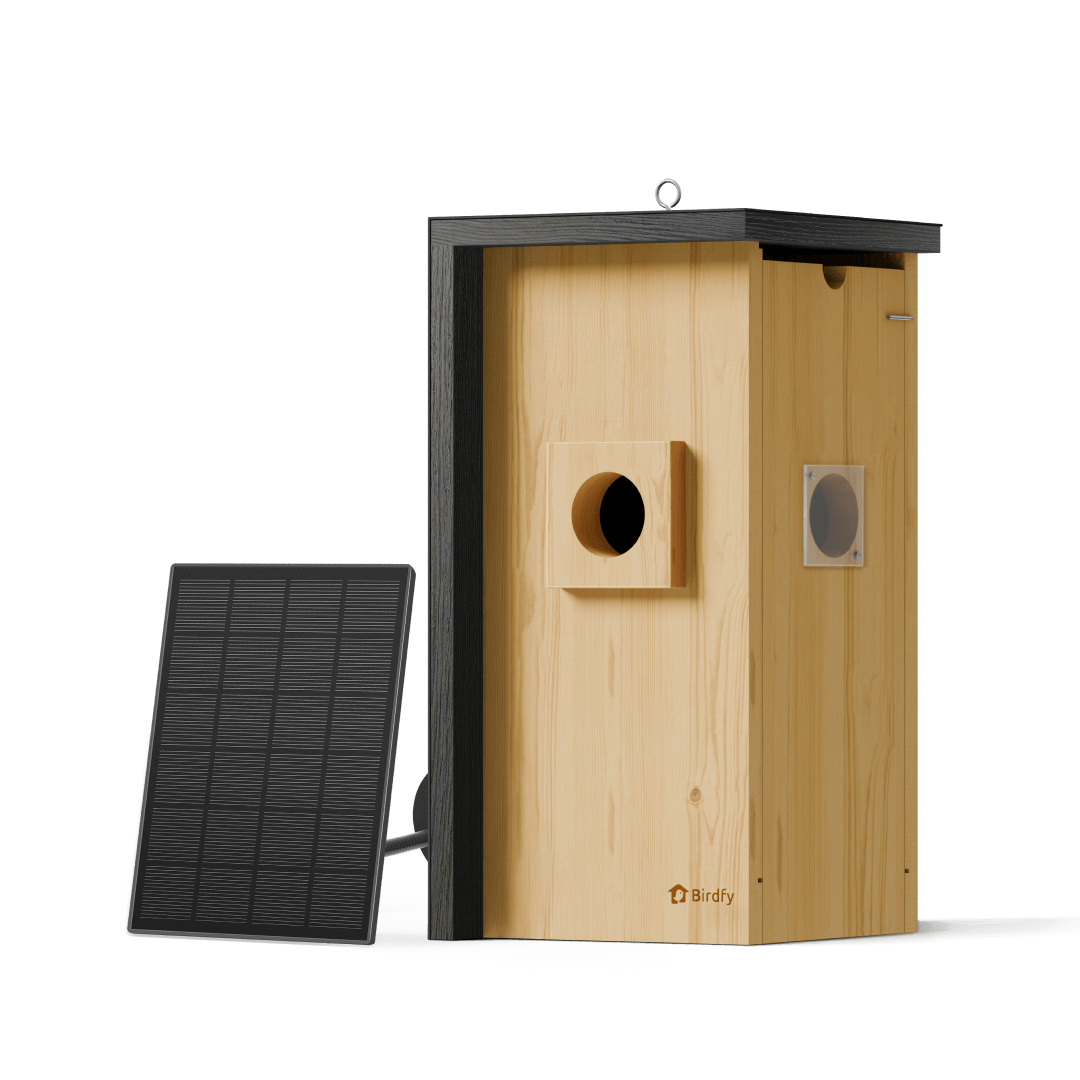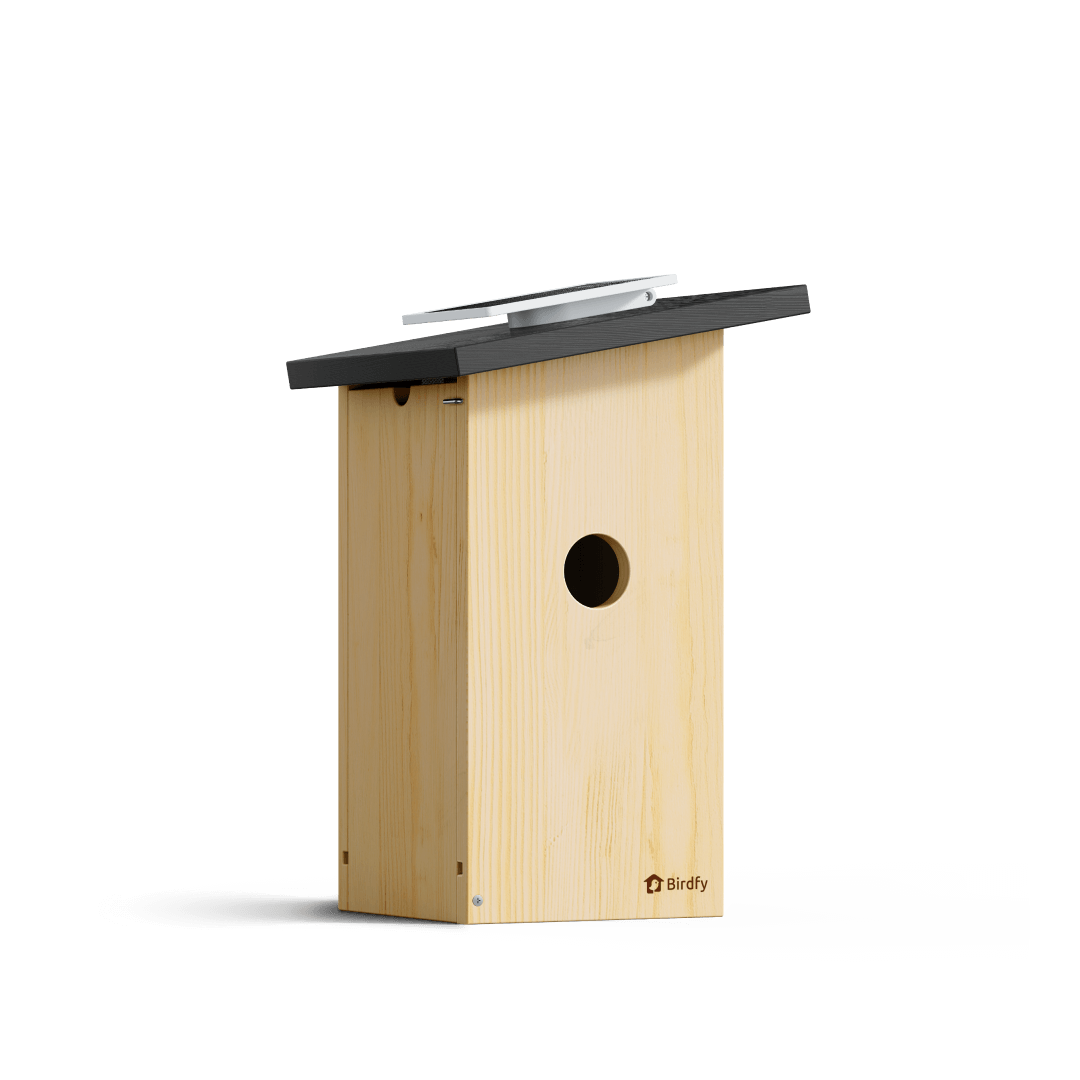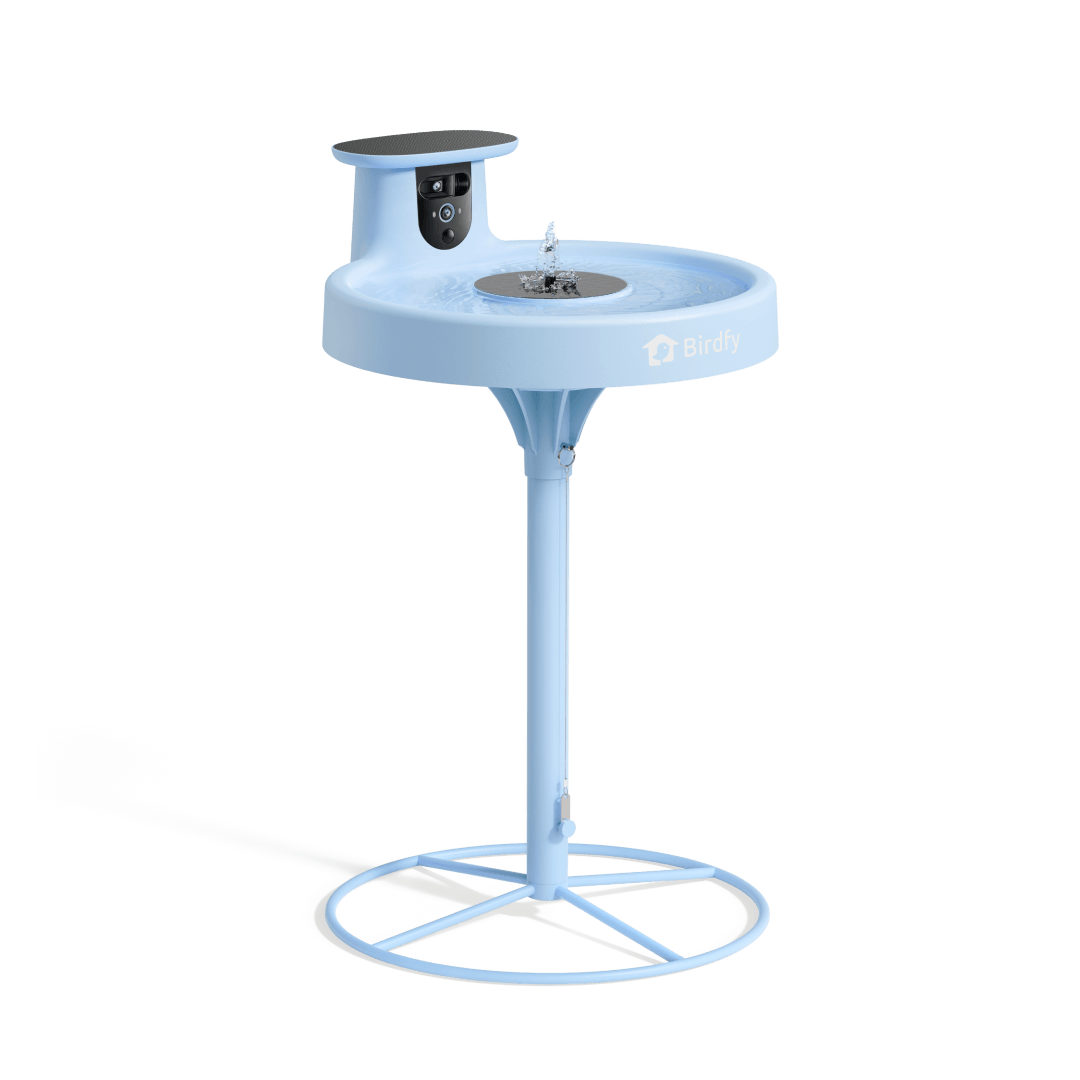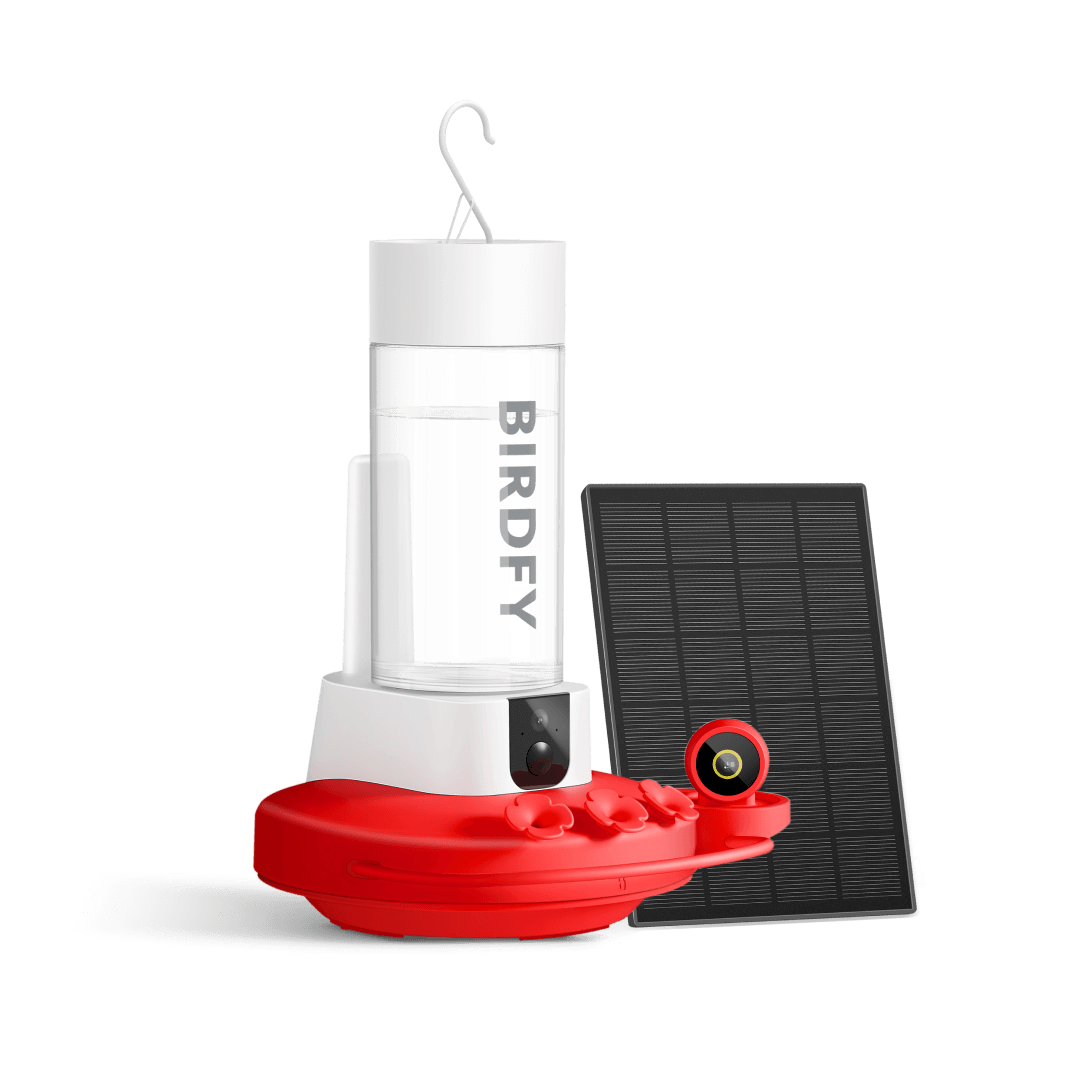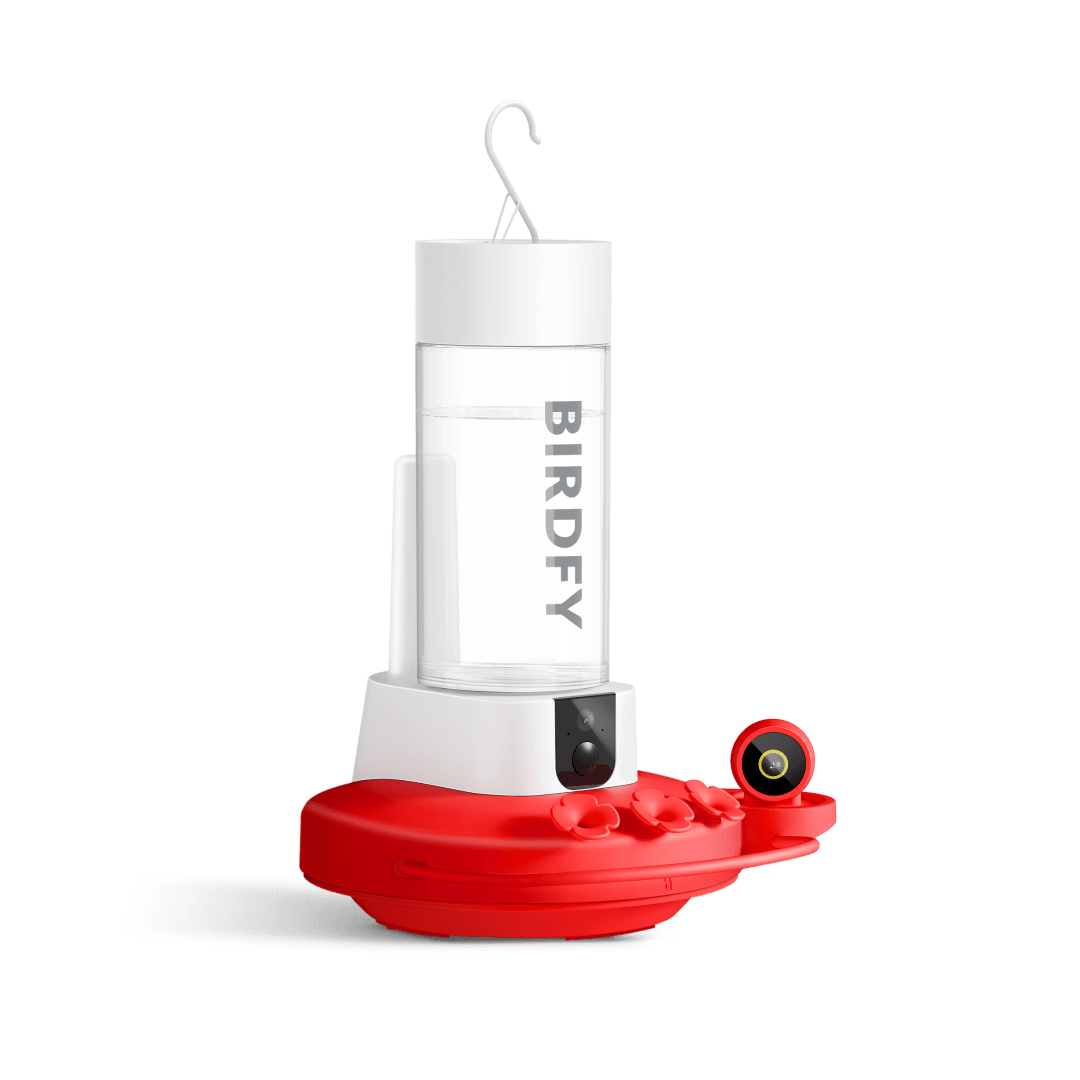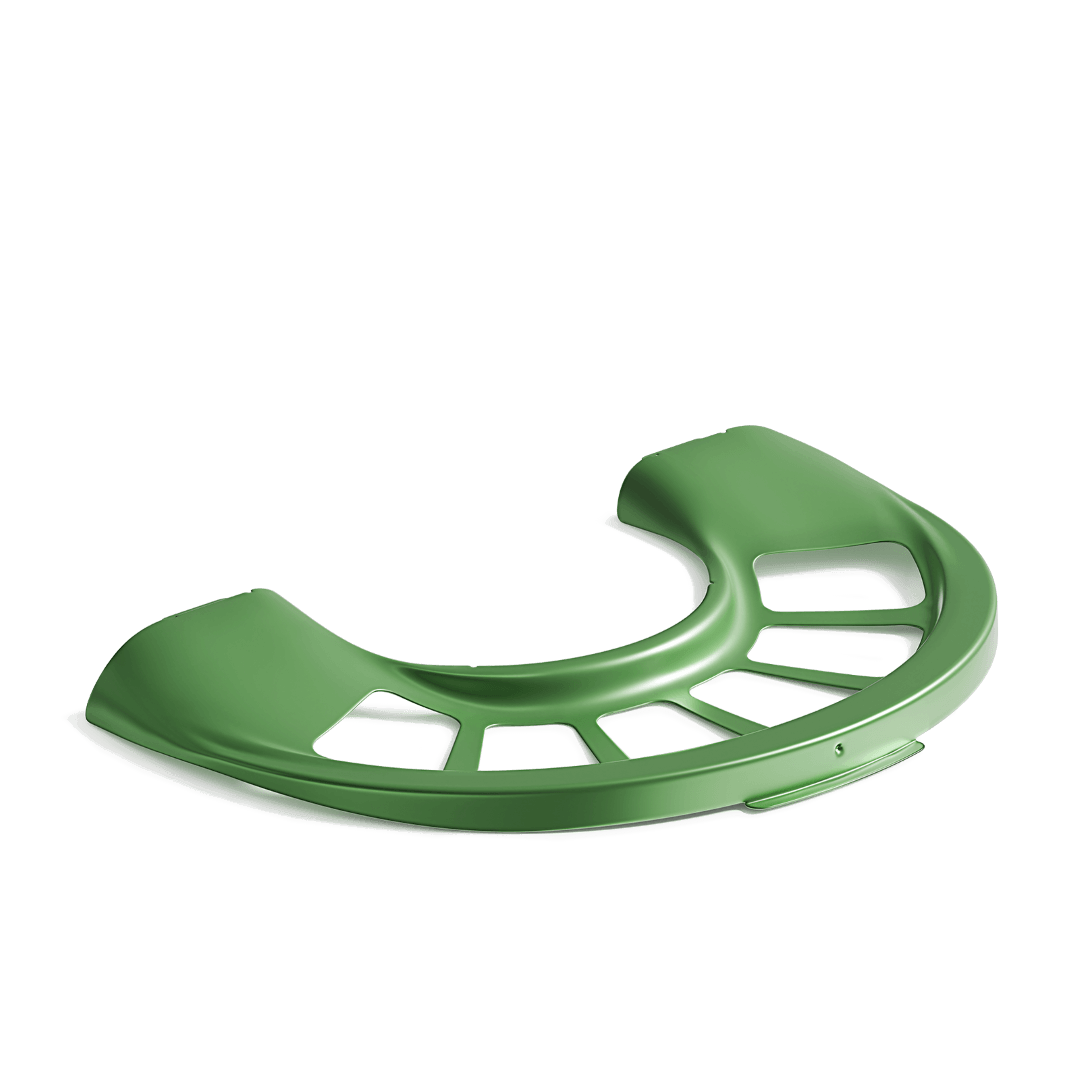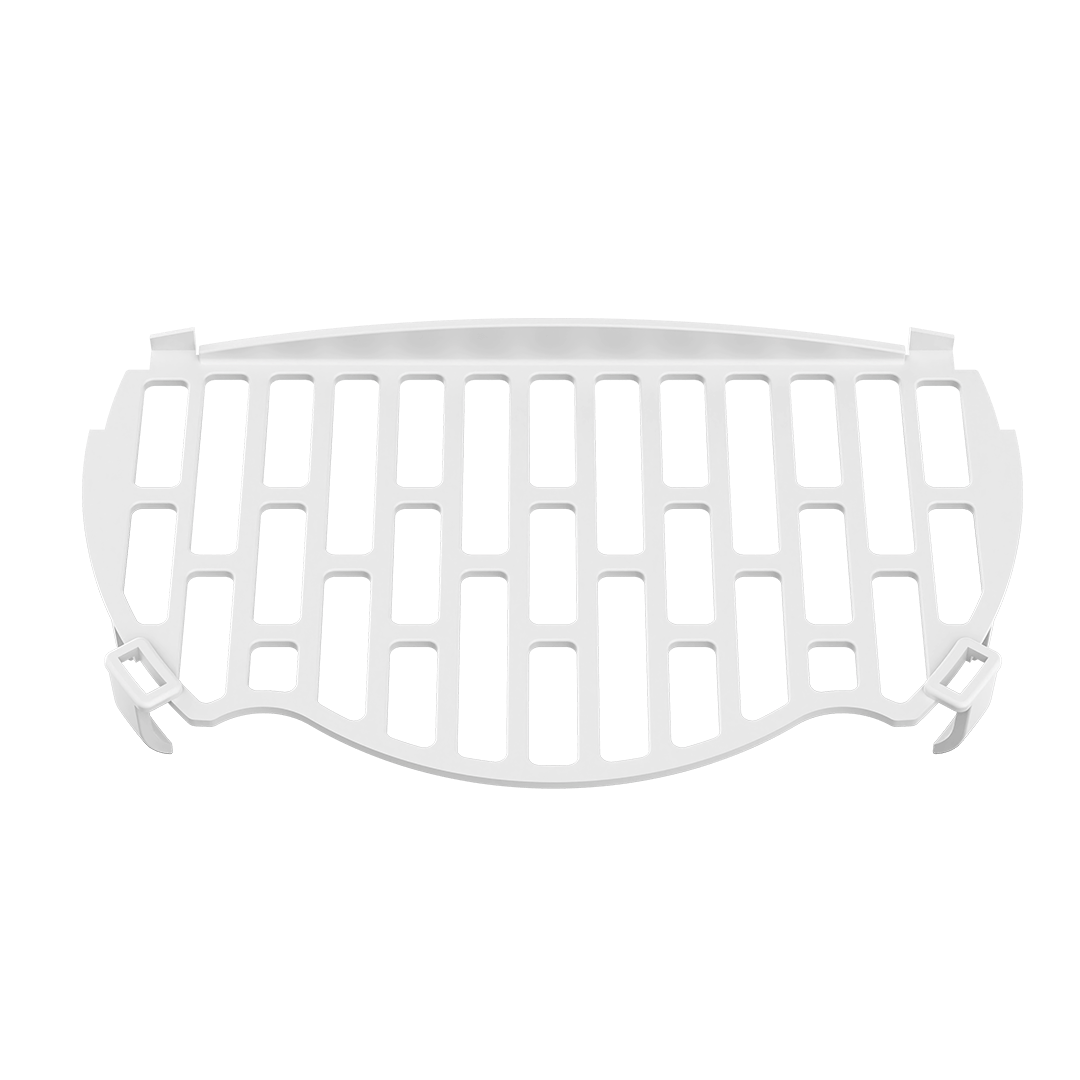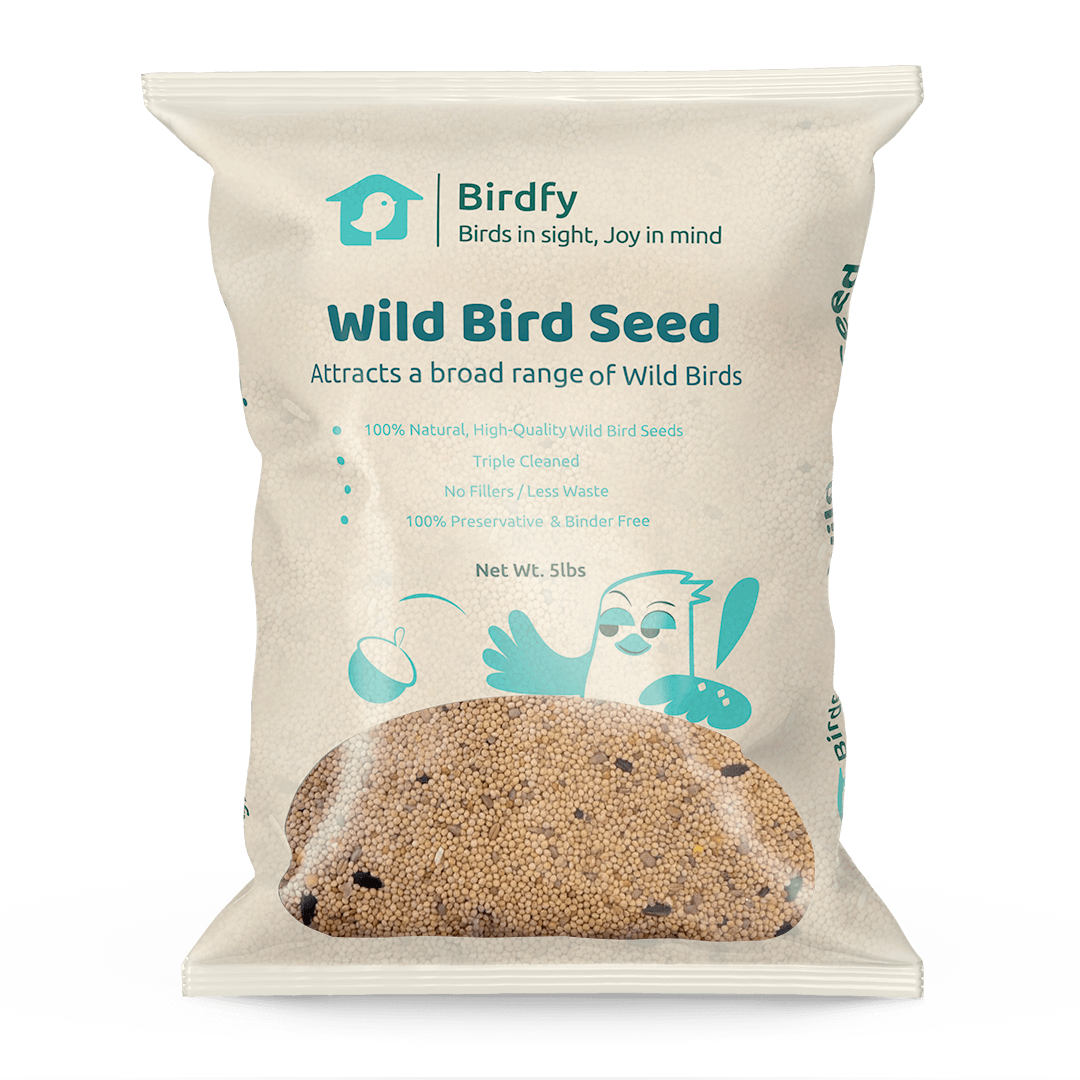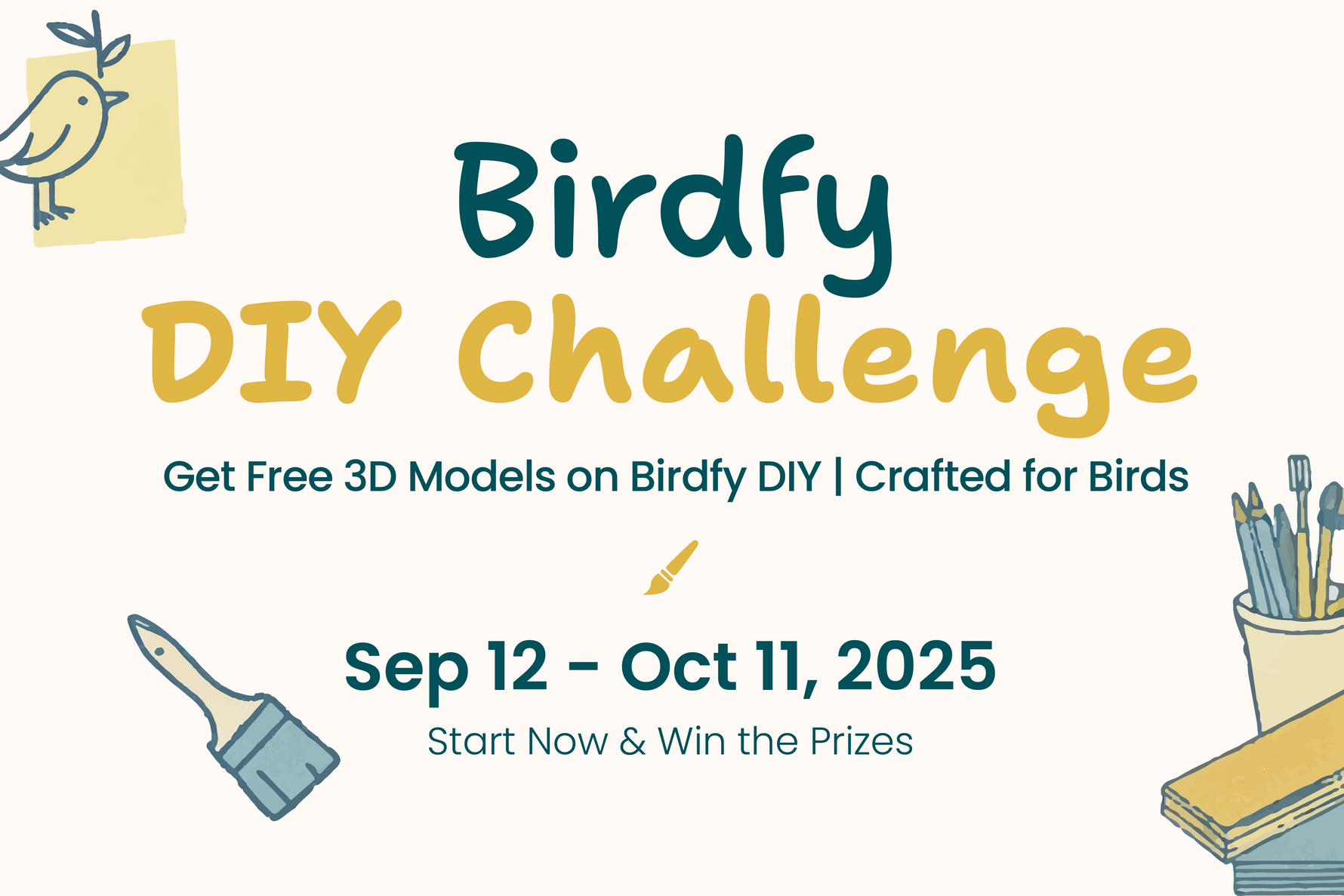Winter is cold, and food for birds is less available. Many people wonder what to feed birds from the kitchen when the weather turns harsh. Birds require food with a lot of energy to survive the season. The kitchen of your house can offer much to help. Such simple things as rice, fruit, or seeds provide warmth and energy.
Another thing that makes you one with nature is feeding birds in winter. It makes the local wildlife remain well and robust. This guide explains safe, nutritious, and practical foods to offer. You will also discover a modern, smarter way to enjoy bird feeding right from home.
What to Feed Birds in Winter from the Kitchen?
Feeding wild birds during winter is a wonderful way to help local wildlife survive the cold months. Many common foods from your kitchen can safely nourish species such as robins, sparrows, blackbirds, and thrushes. Below are some healthy foods you can add to your bird feeders from your kitchen for your feathered friends.
1. Healthy Grains from the Kitchen
Grains are a perfect start. Serve cooked rice, oats, or unsalted pasta. Birds can fly and stay warm at night with the help of these foods. Simple grains are easy to digest and supply long-lasting energy. Avoid grains that contain salt, oil, or seasoning, which can be harmful to birds’ digestion.
Feeders that are cleaned every day help you to avoid the growth of bacteria. In this way, you’ll easily understand what to feed birds from the kitchen while keeping their meals safe. The foundation of a balanced winter diet for garden birds is grains.
2. Nutritious Foods for Energy
High-fat foods should be fed in winter. Offer ground peanuts, sunflower seeds, or a blend of oats and dry cereals. These foods deliver the fats and proteins necessary for bird energy storage.
Do not have salted or flavored nuts, as they are harmful to the digestive system. Energy-rich meals help you know what to feed birds from the kitchen in winter to keep them strong. When food is fresh and safe, you will soon see more birds coming to your garden.
3. Fruits to Add Natural Sweetness
If you’re wondering what to feed birds from the kitchen, fruit is the simplest choice; it makes your bird table colorful and healthy throughout winter. Fruits provide both hydration and vitamins. Shred apples, pears, or grapes into small pieces to feed robins, blackbirds, and thrushes. Citrus fruits should be avoided because of their acid that is not favorable in the stomach of birds.
4. Kitchen Leftovers that Work
Some kitchen leftovers can be helpful at times. Plain cooked potatoes or rice, and small pieces of stale bread, are acceptable in moderation. Never soak bread in milk or spread it with butter, cheese, or spices.
These simple options show that we can feed wild birds from the kitchen without spending extra. Wildlife can be safely sustained by even small amounts of your food.
5. Protein Options for Strength
Find protein-rich foods in your kitchen to feed wild birds, such as boiled egg scraps and a small amount of grated cheese. These proteins help strengthen bird muscles in cold weather.
You can mix these foods in small amounts with grains to create a nutritionally balanced diet. Remember to clean the feeder regularly to prevent contamination.
6. Balanced Feeding for All Species
Different bird species prefer different foods.
Sparrows love grains.
Robins and blackbirds enjoy fruit and worms.
Combine different kitchen products to their liking to ensure that each species finds suitable nourishment.
Observing which birds visit most often helps fine-tune your feeding routine and encourages greater species diversity in your garden ecosystem.
7. Feeding Small Birds Safely
Small birds need tiny portions. Crush nuts and grains before offering. Place food in sheltered spots away from wind and pets. Add clean water nearby.
With safe and consistent feeding, you can protect delicate species like wrens and finches from harsh winter conditions.
How to Safely Feed Birds from the Kitchen in Winter
1. Keep Feeders Fresh and Clean: Feeding wild birds from your kitchen in winter is about more than offering food; it’s about helping your garden visitors stay safe, clean, and healthy throughout the cold months. Keep your bird feeders full but not overloaded. Small, fresh portions prevent waste and keep the feeding area hygienic.
2. Choose Safe Feeding Locations: Always place feeders in quiet, sheltered spots, away from traffic, windows, and pets. Provide fresh water daily, especially on freezing mornings when natural sources may be unavailable. Using clean containers and washing them weekly with warm water reduces the risk of bacteria and mold.
3. Match Foods to Each Bird Species: Different bird species have distinct preferences. Robins enjoy soft oats and chopped fruits, while sparrows and finches prefer grains such as millet, rice, or oats. By observing your visitors, you can adjust the menu to suit their dietary needs.
4. Practice Responsible Feeding: Practicing responsible feeding not only supports urban biodiversity but also creates a rhythm of trust between humans and wildlife. When food is clean and safely prepared, your garden becomes a reliable feeding ground where birds can thrive all winter long.
Smarter Bird Feeding in Winter with Birdfy
While you feed your garden birds with grains, seeds, and fruits from the kitchen, a little help from technology can make the experience even more special. The Birdfy Feeder with its solar panel allows you to quietly observe your feathered visitors up close, capturing their subtle movements and beautiful plumage without disturbing them. It turns everyday feeding into a gentle, interactive way to feel closer to nature, watch familiar winter guests return, and share quiet moments of discovery with family or friends.
Shop Now
Conclusion
Feeding birds in winter is an act of kindness that supports nature. With just simple items from your kitchen, you can make a huge difference. Offering safe grains, fruits, and nuts ensures their health and comfort. Clean feeders and steady routines encourage birds to visit daily.
Tech devices, like Birdfy Feeder, make this care smarter and more rewarding. Now you can watch birds up close while they enjoy your food connects you deeply with wildlife. Happy birding!















